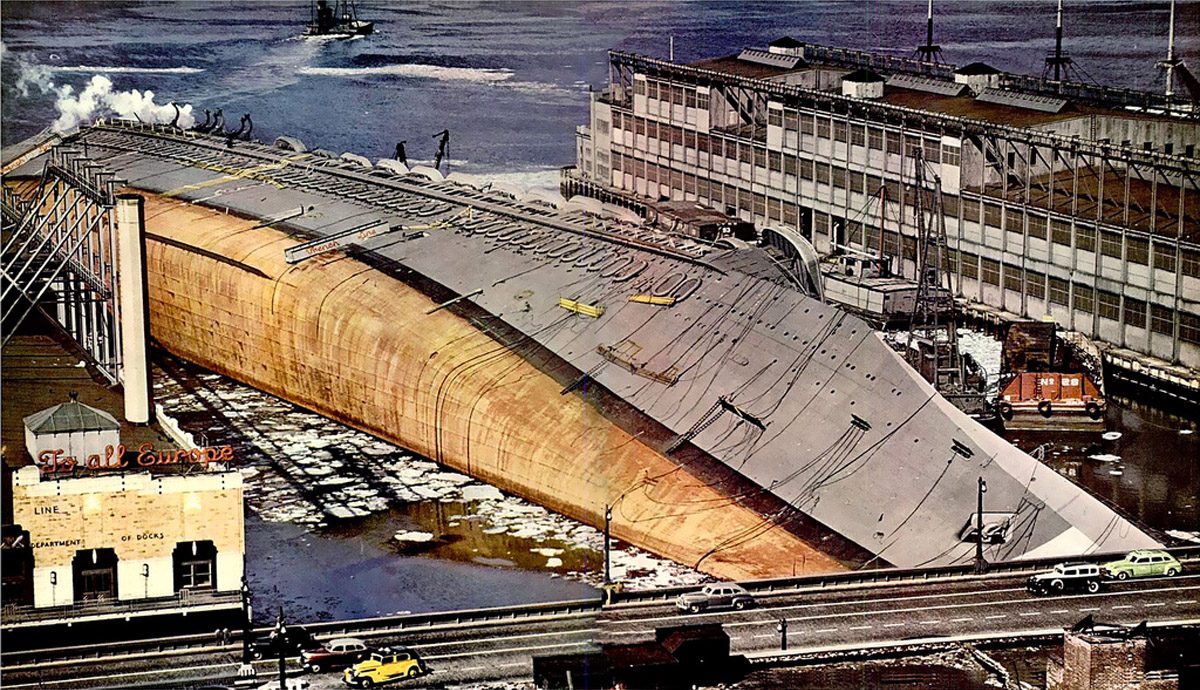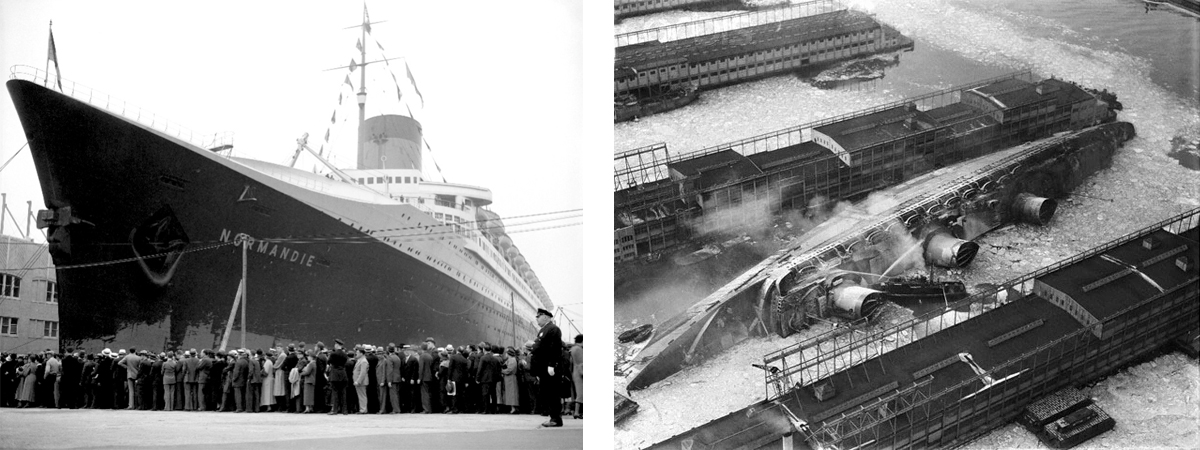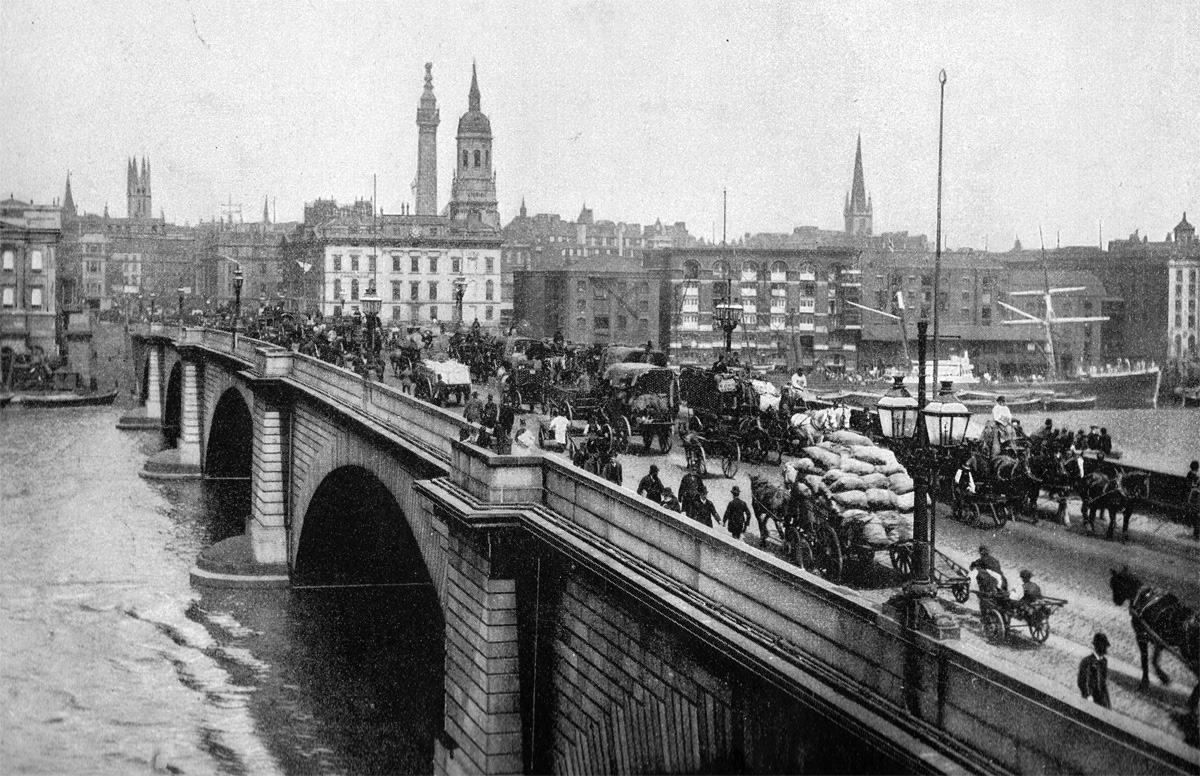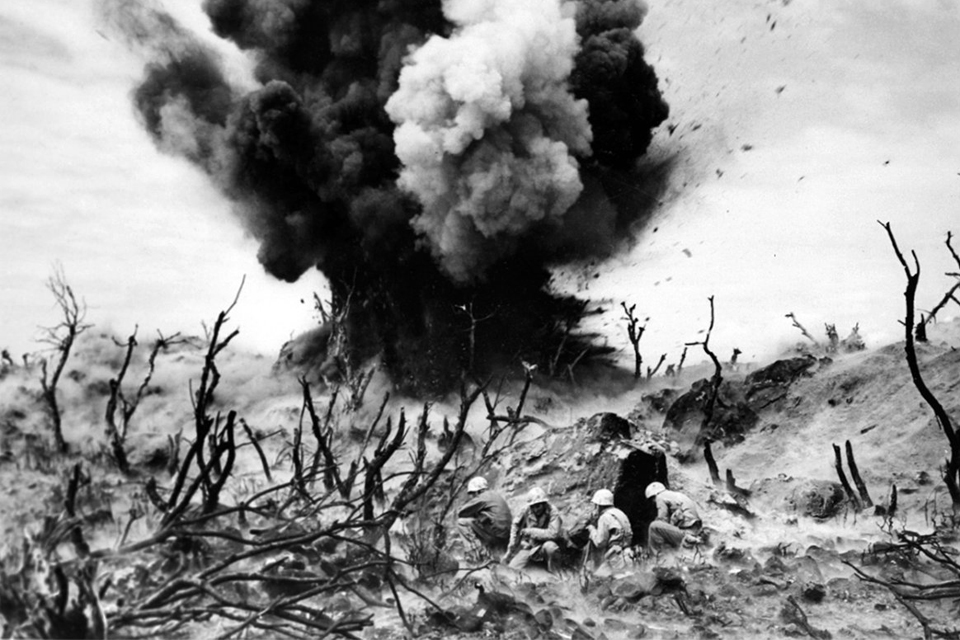
The Story of a Ship That Sank Because of Lifejackets
In the early 1930s, a French shipbuilding company Compagnie Générale Transatlantique set a goal to build a flagship liner for Transatlantic voyages, which would allow it to compete with the British giants Cunard Line and White Line that at the time were considered leaders of the shipping industry.
The ship was based on a project of a Russian engineer, Vladimir Yurkevich, who designed the hull with heretofore unseen hydrodynamic properties. The first work on the ship started as early as in January 1931, and in 1935 it went through the first sea trials.
Soon the liner which was called SS Normandie sailed on its first voyage from Le Havre to New York City, and immediately after received a prestigious Blue Riband award for setting the new record for the speed of crossing the North: 4 days, 3 hours, and 25 minutes.

In the next few years, the ship that was commonly considered one of the most luxurious ships of its time continued making successful voyages — until August 31, 1939 when it was anchored in New York City port because of the military threat that was hanging over Europe.
A year after, when it became known that France capitulated to Nazi Germany, the SS Normandie was impounded by the US Coast Guard. In December 1941, after Japan’s attack on Pearl Harbor, it became part of the US Navy. The authorities ordered to give the liner a new name, Lafayette, and convert it into a transport vessel.
A mistake which became fatal for the legendary ship was made during the refitting works which lasted several months: on February 9, 1942 one of the workers who was cutting the bulkheads of the vessel accidentally set a pile of lifejackets on fire. The fire protection system was off, and the whole ship caught fire.
Although New York City firefighters arrived after 12 minutes, they could not immediately start extinguishing the fire: they could not get on board because of the many workers who were hastily leaving the ship.
After the fire was finally extinguished, it turned out that water that was poured on the boat deck accumulated on one side and created a dangerous heel. By night, the SS Normandie capsized to the port side, and was left lying by the pier at a 79° angle.
The ship was back in the water only in 1943: to lift it, they needed to cut off all the pipes, masts, and the liner’s superstructures. It was towed down the Hudson River, and left it before further decisions were made.
At first they planned to turn it into an aircraft carrier, then turn it back into a passenger liner again, but gave up both ideas after the cost estimations. In October 1946, the ship was sold to Lipsett Inc. for $160,000, and the items from its interior were auctioned for many more years.



New and best








